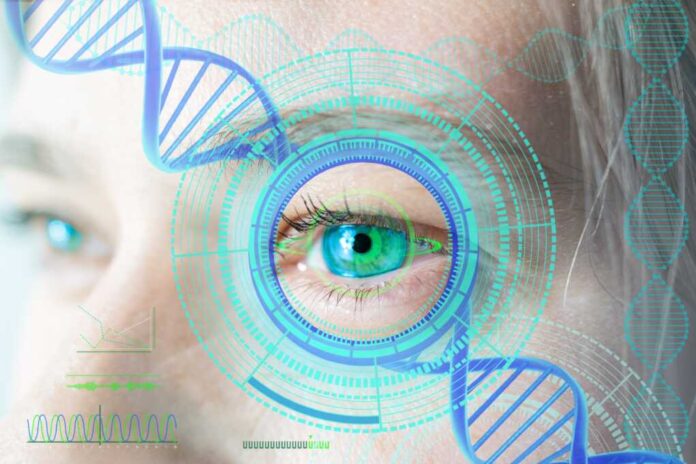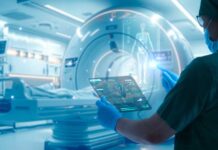
A chip smaller than a contact lens has just cracked the code on restoring sight to people who thought they’d never read again.
Story Highlights
- Stanford’s PRIMA wireless eye chip successfully restored reading ability in patients with advanced macular degeneration
- The revolutionary device works in tandem with smart glasses using infrared light to bypass damaged photoreceptors
- Patients can now read text and recognize faces after years of progressive vision loss
- The breakthrough represents a major leap forward in treating age-related blindness affecting millions worldwide
The Silent Epidemic Affecting Millions
Macular degeneration steals sight from over 11 million Americans, primarily those over 60. The disease gradually destroys the photoreceptors in the eye’s central vision area, leaving patients unable to read, drive, or recognize faces. Traditional treatments can only slow progression, not reverse damage already done. Until now, those who lost their central vision faced a permanent sentence of functional blindness.
Stanford Medicine researchers refused to accept this limitation. Their solution bypasses nature’s failed repair system entirely, creating an artificial pathway for light to reach the brain. The PRIMA chip represents a fundamentally different approach to vision restoration.
Stanford’s tiny eye chip helps the blind see again https://t.co/BY9lgC8BUk
— ConservativeLibrarian (@ConserLibrarian) October 22, 2025
Engineering Sight From Scratch
The PRIMA system consists of two crucial components working in perfect harmony. Smart glasses capture the visual world and convert it into infrared light patterns. These patterns beam directly onto the tiny chip surgically placed beneath the retina. The chip then stimulates remaining healthy retinal cells, creating electrical signals the brain interprets as images.
What makes this breakthrough remarkable is its wireless operation. No batteries, no wires threading through delicate eye tissue, no bulky external components. The infrared light from the glasses provides all the power needed. Patients simply put on their specially designed glasses and see the world again.
Watch:
Real Patients, Real Results
Clinical trials delivered results that seemed impossible just years ago. Patients who hadn’t read text in years suddenly could make out words on a page. Facial recognition returned to those who had forgotten what their grandchildren looked like. The improvements weren’t marginal – they were life-changing.
One patient described the moment of activation as witnessing a miracle. After years of seeing only shadows and blurred shapes, clear letters appeared before their eyes. The emotional impact of restored reading ability cannot be overstated for people who had accepted permanent blindness.
The Future of Vision Restoration
This breakthrough opens doors to treating other forms of blindness beyond macular degeneration. Researchers believe similar principles could help patients with retinal dystrophies and other degenerative eye diseases. The technology platform provides a foundation for expanding treatment options across multiple conditions.
The implications extend far beyond individual patients regaining sight. Healthcare systems could reduce long-term costs associated with vision loss support services. Families would no longer face the emotional and financial burden of caring for progressively blind relatives. Society benefits when productive citizens maintain their independence and quality of life.
Sources:
https://www.news-medical.net/news/20251021/New-chip-restores-reading-ability-for-macular-degeneration-patients.aspx
https://www.sciencedaily.com/releases/2025/10/251022023118.htm


















